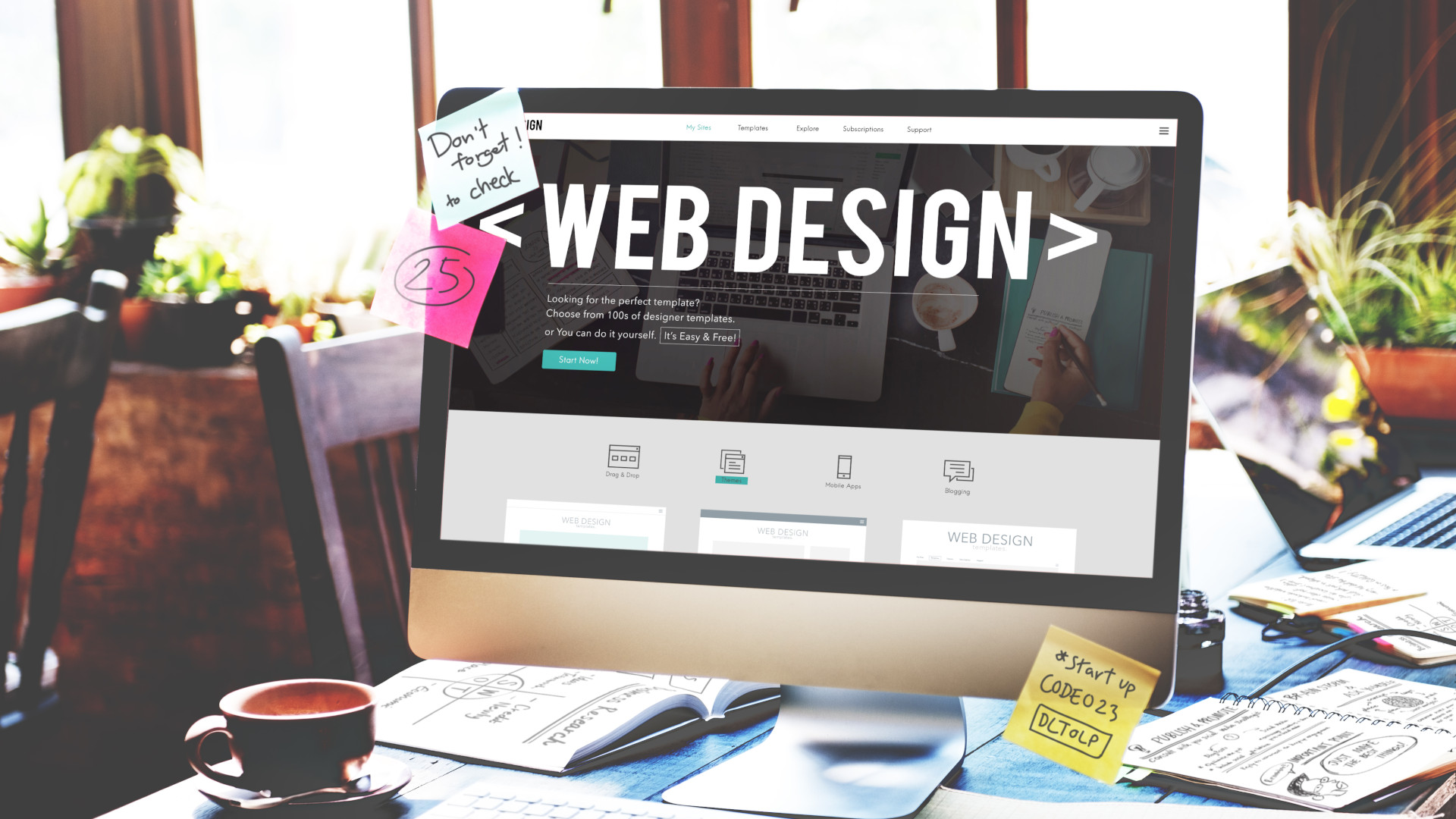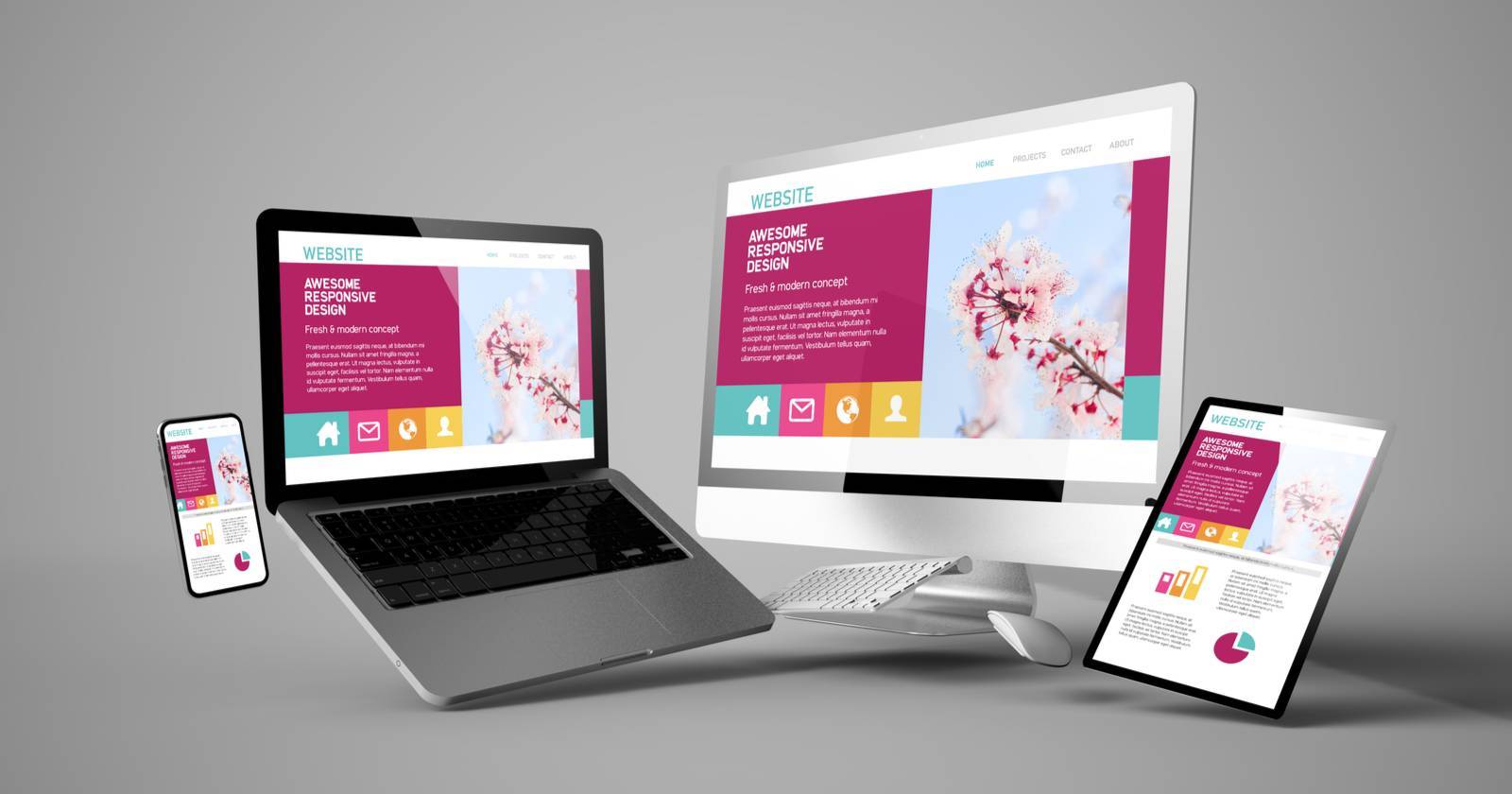Checking out the Relationship Between Internet Design and Boosted Customer Engagement
When you think about internet layout, consider just how it affects customer engagement. By concentrating on intuitive navigating, responsive formats, and attractive visuals, you can develop an experience that urges customers to return. Recognizing these factors can expose how to optimize your layout for much better outcomes.

The Relevance of User-Centric Style
When you focus on user-centric style, you're not just producing a web site; you're crafting an experience that reverberates with your target market. This approach positions the customer's requirements and choices at the center, ensuring they discover value and contentment in their communications. By comprehending your target market, you can customize design, functionality, and web content to meet their expectations.

Furthermore, when users feel recognized, they're a lot more most likely to return. Inevitably, investing in user-centric design isn't simply concerning looks; it's concerning fostering a long lasting link with your target market, driving involvement, and achieving your service goals.
Secret Aspects of Reliable Website Design
Effective website design rests on several crucial elements that collaborate to produce a seamless user experience. Initially, you require a appealing and clean design that draws visitors in. Emphasis on making use of a regular color design and typography to preserve visual consistency. Next, prioritize quick packing times; no one wishes to wait ages for a web page to show. Clear calls-to-action are crucial also-- they assist individuals to take desired actions, like registering or buying.
Determine your style is receptive, adapting smoothly to various tools. By focusing on these aspects, you develop a welcoming environment that motivates consumer involvement and enhances their general experience.
The Duty of Navigating in User Experience
Exactly how does navigating influence your overall experience on a site? It's crucial. Instinctive navigation assists you find info quickly and conveniently when you land on a website. If you can not locate what you're searching for, frustration embed in, and you're likely to leave. Clear menus and rational categorization make your journey seamless, improving your fulfillment.
Great navigating decreases unneeded clicks and maintains you engaged. You're much more likely to explore various sections of a website if you can quickly backtrack or leap between pages. Furthermore, well-structured navigating enhances depend on; it reveals that the site is user-centered and specialist (Web Design Agency Sydney).
A sticky or breadcrumb navigating can additionally be helpful, as it allows you to preserve context while surfing. Basically, reliable navigating not only boosts use but also promotes a positive individual experience, driving you to return and possibly convert into a dedicated consumer.

Effect of Responsive Design on Involvement
As customers progressively access internet sites on numerous devices, receptive layout ends up being important for keeping interaction. When your site adapts flawlessly to various screen dimensions, users delight in a regular experience, whether they get on a desktop computer, smartphone, or tablet . This adaptability encourages visitors to remain much longer, lowering bounce rates and enhancing the chance of conversions.
Assume regarding it: if your site looks difficult or messy to browse on a smart phone, customers are most likely to leave in aggravation. By investing in receptive layout, you satisfy their demands, making it much easier for them to find what they're looking for.
In addition, internet search engine favor receptive websites, enhancing your presence online. This implies a lot more prospective clients can discover your brand name. Inevitably, a receptive style not just boosts individual experience however also enhances customer engagement, resulting in enhanced loyalty and much better general efficiency for your service.
Aesthetic Power Structure and Its Results on Communication
Developing a strong aesthetic power structure can substantially boost customer interaction on your internet site. By arranging aspects in such a way that overviews the eye, you make it simpler for visitors to absorb and navigate details. Use size, contrast, and positioning to highlight essential features, ensuring they catch the user's attention immediately. As an example, larger message or strong shades can attract focus to essential phone calls to action.
When you prioritize elements efficiently, site visitors intuitively know where to look first, raising the chances they'll engage with your content. Consistency in design aids users construct familiarity, minimizing cognitive lots and encouraging them to explore further.
Including whitespace is equally crucial; it have a peek at this site allows your layout to breathe, making it less complicated for users to refine info. On the whole, a well-structured visual hierarchy not just boosts appearances but likewise cultivates a more appealing and satisfying user experience on your web site.
The Power of Color and Typography in Branding
When you believe concerning your brand, take into consideration how shade and typography influence your target market's perceptions and feelings. Choosing the ideal colors can stimulate specific feelings, while your font style can interact your brand's individuality. Together, these components can considerably improve your brand name's identification and consumer engagement.
Shade Psychology in Branding
Shade plays an important duty in branding, affecting just how customers regard a service and its worths. click over here now Each shade evokes particular emotions and associations, shaping your brand name's identification and connection with your audience. Regular use of shade not only reinforces brand recognition but also cultivates emotional links with your clients.
Typography's Influence on Understanding
The aesthetic aspects of your brand name prolong beyond shade; typography also plays a crucial function in forming consumer assumptions. Your audience's reading experience is directly affected by these options, impacting their engagement degrees.

Gauging the Success of Style Modifications on Involvement
How can you effectively evaluate the effect of layout modifications on consumer interaction? Begin by setting clear goals of what you wish to attain with your design adjustments. Utilize analytics tools to track user communications, such as click-through rates, time invested in web pages, and bounce rates. A/B screening is an additional powerful technique; by contrasting 2 versions of a style, you can straight see which one resonates much better with your target market.
Don't fail to remember to gather qualitative comments with surveys or customer meetings. This can give insights right into exactly how your style changes make customers feel. Screen social media comments and states for real-time responses.
Lastly, consistently examine your metrics and change your approaches based upon what the data programs. By combining measurable and qualitative steps, you'll gain a comprehensive understanding of just how your layout changes affect consumer interaction and can make educated decisions relocating onward.
Often Asked Inquiries
Just how Typically Should I Update My Internet site's Layout?
You ought to update your website's design every 1-3 years, or faster if you see obsolete components. Regular updates keep your site fresh, improve user experience, and guarantee it aligns with present fads and modern technologies.
Can Internet Style Alone Raise Sales Conversions?
Website design alone will not assure increased sales conversions, yet it can substantially boost individual experience and build trust fund. Integrate it with efficient advertising and marketing methods, and you'll see a more substantial influence on your sales.
What Are Typical Web Style Errors to Stay Clear Of?
When creating your internet site, prevent messy layouts, slow filling times, and hard-to-read font styles. Don't forget mobile optimization or neglect clear phone calls to activity. These mistakes can irritate users and drive prospective customers away.
How Does Website Design Influence SEO Efficiency?
Website design influences SEO efficiency by affecting site speed, mobile responsiveness, and customer experience. If you enhance these components, online search engine rank your site greater, driving even more traffic and enhancing visibility in search engine result.
Should I Prioritize Aesthetic Appeals or Capability in Design?
You ought to prioritize performance over aesthetics in style. Users need a smooth experience to browse quickly. Nonetheless, do not completely overlook looks; a well balanced approach keeps your site visually appealing while guaranteeing it's effective and straightforward.
Conclusion
To sum up, welcoming a user-centric method in internet style can absolutely raise consumer interaction. By concentrating on intuitive navigating, appealing formats, and responsive attributes, you can create a welcoming online experience that fosters depend on and encourages return sees. Incorporating top notch material and clear calls-to-action overviews users towards meaningful communications. Frequently determining and readjusting your design based on information will certainly guarantee that you remain in song with user requirements, eventually driving higher conversion prices and long lasting client loyalty.
Exploring the go to my site Partnership In Between Internet Layout and Increased Consumer Interaction
When you think regarding web design, think about just how it influences customer engagement.Efficient internet design pivots on a number of vital elements that work together to develop a seamless user experience. Inevitably, a responsive design not just boosts customer experience yet also increases consumer interaction, leading to boosted commitment and much better overall efficiency for your company.
Routinely determining and changing your design based on data will guarantee that you stay in song with user requirements, ultimately driving greater conversion rates and enduring client commitment.